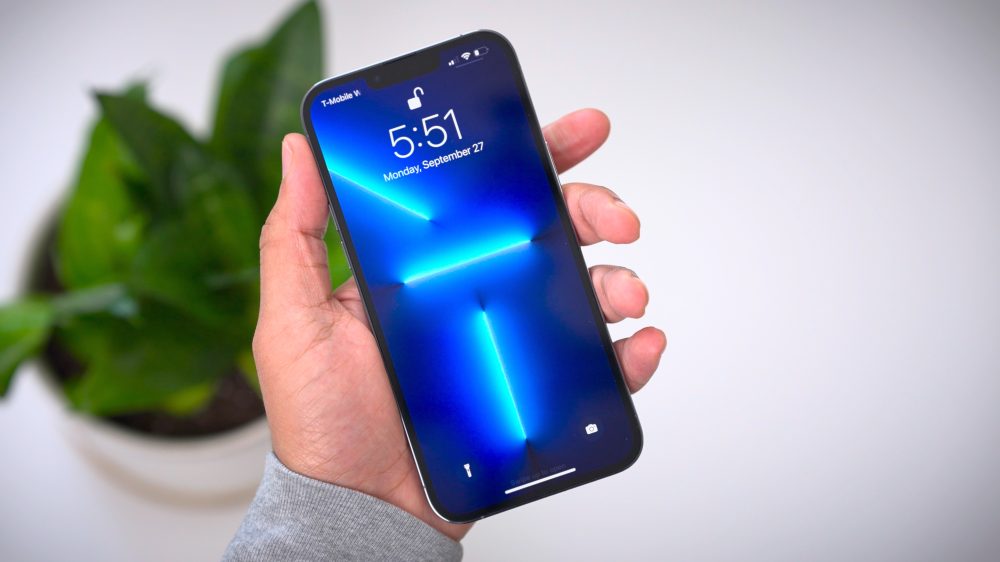
Nine weeks after the iPhone 13 launched, it’s still harder to get one than it was last year’s iPhone 12, says a new report by JP Morgan. The report shows delivery estimates in the US for the iPhone 13 mini can take up to 8 days to ship, while the iPhone 13 can take up to 10 days. Users that want an iPhone 13 Pro or 13 Pro Max will have to wait almost a month, up to 26 days.
As seen by AppleInsider from JP Morgan lead analyst Samik Chatterjee, the United States accounts for around 35% of iPhone shipments in the world. The report shows that “delivery estimates remained stable at 11 days for the iPhone 13 and 28 days for the 13 Pro and 13 Pro Max. Lead times for the iPhone 13 mini moderated from 11 days to 10 days.”
China, Germany, and the UK also saw moderation across the new iPhone lineup, said Chatterjee. He writes:
“Despite the moderation in lead times as supply improves, it remains stable in the US – indicating solid demand trends, and it remains the most elevated on a geographic basis in China – indicating much higher than anticipated demand, which bodes well for interest/demand for the iPhone 13 series in aggregate globally relative to investor expectations for a softer volume cycle than the iPhone 12 series.”
It’s important to note that although Apple has been the most prepared company regarding the semiconductor shortage, this shortage is also affecting Apple’s ability to deliver iPhones faster.

For example, in October, the company reported its Q4 2021 earnings. Although iPhone revenue was up 47% year-over-year, Apple wasn’t able to meet analysts’ overall expectations of over $84.85B in revenue, reporting revenue of $64.7B.
Apple CEO Tim Cook said back then:
“This year we launched our most powerful products ever, from M1-powered Macs to an iPhone 13 lineup that is setting a new standard for performance and empowering our customers to create and connect in new ways,” said Tim Cook, Apple’s CEO. “We are infusing our values into everything we make — moving closer to our 2030 goal of being carbon neutral up and down our supply chain and across the lifecycle of our products, and ever advancing our mission to build a more equitable future.”
Not only that, but a paywalled Digitimes report suggests that iPhone 13 supply will remain constrained through this quarter and into the next. There is, however, a light at the end of the tunnel.
The shortage of IC components emerging in early October for iPhone 13 series is gradually easing as suppliers increase production, with assemblers on track to step up manufacturing through next February to meet terminal demand, according to supply chain sources.
With that said, iPhone 13 supply is not expected to catch up with demand until February 2022.
Were you able to buy a new iPhone or are you still waiting? Tell us in the comment section below.
Author: José Adorno
Source: 9TO5Google



